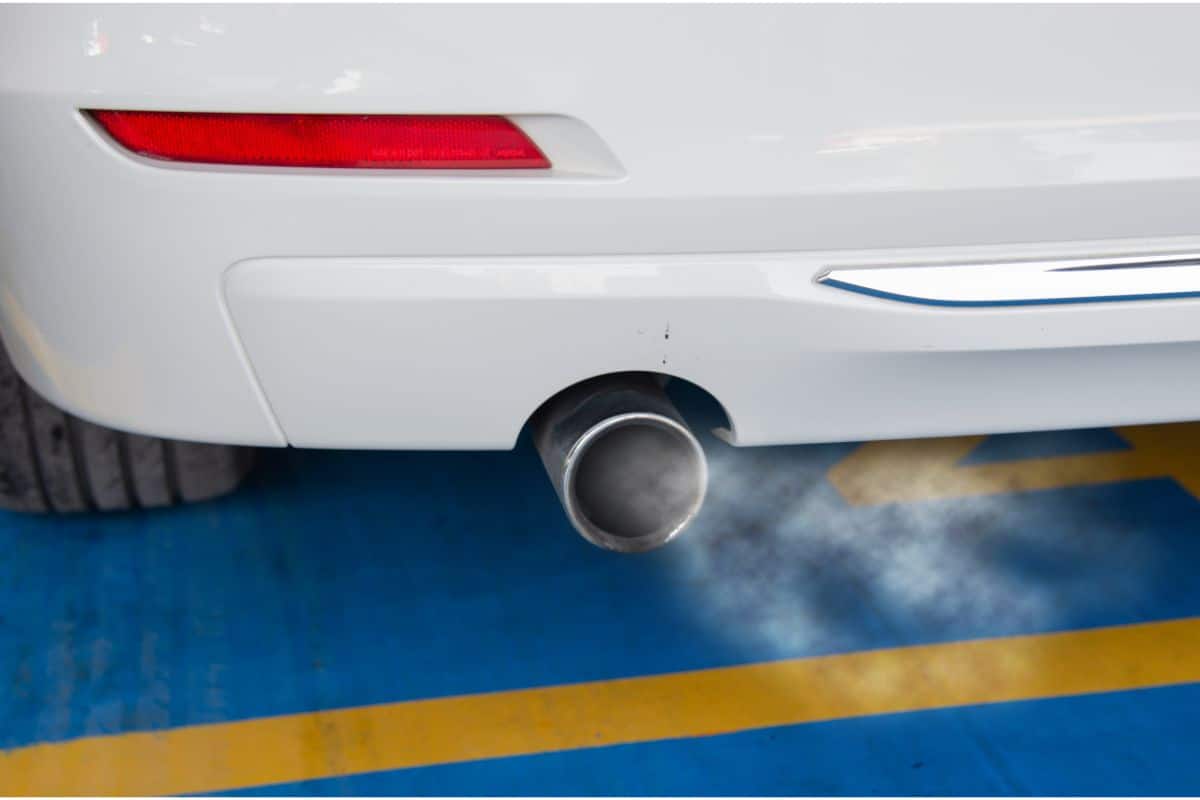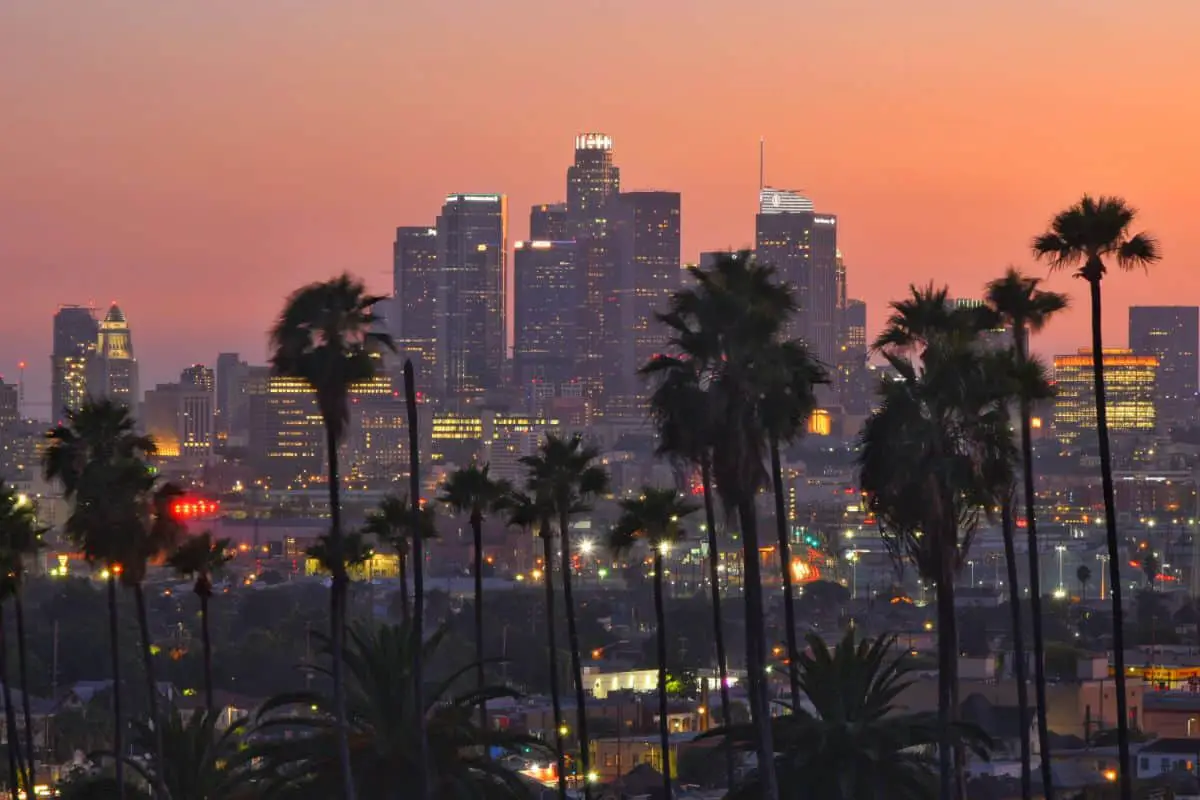The state with the strictest emissions regulations is California.
As things look today, greener driving means using electric vehicles, in an effort to prevent the rising emissions and greenhouse gases in our world.

It will still be a long time before internal combustion engine vehicles are a thing of the past, but in the meantime, emissions regulations have become ever tougher to keep current emissions as low as possible.
California is the clearest example of this, as they have the right to set their own emissions regulations, and have set the most ambitious plans due to their target of banning the sale of new gas-powered cars by 2035.
In this article, we are going to find out what emission regulations are, how they work, and what the risks are.
What Are Emission Regulations?
So, before we get started, let’s find out exactly what emission regulations are, and how they work.
They are set by congress in the US, and the mandates cover the issues of car air pollution, carbon monoxide in the system, nitrogen oxides, and general particulate emissions.
These regulations are supposed to be met from all car and vehicle manufacturers, and certain states have these standards, but California has a stricter set of standards.
This is because California has established its own air resources board, meaning they were granted a waiver to encourage stricter regulations for emissions in the state.
The first emission standards were introduced in 1963, and it was called the Clean Air Act.
It was an extension of the Air Pollution Control Act in 1955, and it was supposed to reduce emissions.
Nothing was done to prevent emissions, so the act was amended in 1970. 1970 was a pivotal time for this, and it was very much a focal point.
Other pollutants such as lead were added to the prevention list, and all of the states were required to make implementation plans and to bring their air quality to a good standard within five years.
What Are The Emission Standards In California?
California is the state that produces the most population in the country, mostly due to Los Angeles and its bustling downtown area.
This is made worse by the warm weather, encouraging more tourists and more traction in the area.
The state has different rules to the rest of the country, and this is to bring down the bad emissions in the state.
Other states have also decided to make their standards and regulations stricter, to try to get to the same level as California.
These states include Oregon, Pennsylvania, New York, Nevada, New Jersey, New Mexico, Rhode Island, Virginia, Connecticut, Washington, Delaware, Maryland, Maine, Massachusetts, and Colorado.
These states are known as the Section 177 states.

What State Has The Strictest Emissions Regulations?
You may have already guessed it, but California is the state with the strictest emissions regulations in the country.
These regulations are gradually being adopted by other states in the country, and as a state, they have been praised for promoting electric cars that emit less pollution in society.
Through its successful regulations, it has actually been found that cars in the state of California are running ten times cleaner than cars that were sold over twenty years ago.
This is really impressive, because it was at this time when more cars were being purchased, and more miles were being driven.
For this reason, California is now becoming one of the most successful locations that act against pollution, and this is due to their strict emission regulations.
But, what are these regulations? Although California already has the country’s strictest regulations, it is still not satisfied.
They aim to increase their emission standards to act against climate change and global warming.
Recently, they passed a regulation to reduce the amount of hydrocarbons in the air.
Hydrocarbons are responsible for causing smog and dust in the air, something that is definitely not desired in a city that is so densely populated.
Find out how the newly implemented guidelines are set to impact diesel vehicle owners in California, as outlined in the comprehensive article on New California Smog Check Rules 2023 (Diesel Cars).
They are also working on other regulations, such as control of nitrous oxide emissions.
Nitrous oxide comes from the burning of any fossil fuel, and this widely includes agriculture and manufacturing.
When in our environment, nitrous oxide has been proven to be 300 times more harmful than carbon dioxide, a main pollutant.
The way we use land and farm produces a lot of greenhouse gases, and this is going to be regulated in California to prevent any extra emissions.
There are other kinds of regulations that the state has introduced.
This includes the requirement of the car to meet emissions standards for 100,000 miles, which is an increase from the previous 50,000 miles.
This is because the older the car is, the more emissions it’ll produce.
Now, California has introduced the restriction, meaning that there are requirements for older vehicles to make sure their emissions are lower.
The state has also put in different categories for emissions, and how they work.
These include ZEV, SULEV, PZEV, ULEV, and LEV. ZEV stands for a zero emission vehicle.
This usually includes hydrogen fuel cell cars, as well as plug in 100% electric cars. SULEV standards for a super low ultra emissions vehicle.
This means that the car would have fewer emissions than normal, and the car is 90% cleaner than a regular car.
A PZEV means a partial zero emission vehicle, and these cars must have no evaporative emissions whilst meeting the same regulations as SULEV vehicles.
ULEV stands for an ultra low emission vehicle, and these emissions should be 50% cleaner than regular cars.
Finally, a LEV is a low emission vehicle, and this includes any car that was sold in the state after 2004, and it must be compliant with this LEV.
Why Is California So Polluted?
California is one of the most densely populated states in the whole of the United States, and this is from a variety of different sources.
This includes vehicles, and off-road vehicles such as cargo ships, trains, aircraft, and agricultural transportation and equipment.

Although California is doing a lot to try to bring down its emissions, it is still one of the most polluted states.
After all, Los Angeles is the hub of California, and there are almost 40 million people living in California.
California is built and surrounded by mountains, meaning that any pollution on the ground or sky will be trapped in by these mountains.
On top of that, it is naturally very hot in California, meaning that the warm climate will help develop an o-zone layer of greenhouse gases and other pollutants around the state.
It has some of the most unclean air, and the most prominent areas for pollution are Los Angeles, and the Bay Area.
These areas are very populated, with lots of transport and events all the time.
There are also a lot of industrial processes on the outskirts of these places, contributing to the high pollution levels in the area.
Final Thoughts
Emission regulations are unfortunately necessary to prevent climate change, and there are many states in the US trying to bring in strict regulations.
As you have learned, California has the strictest emission regulations in the country, with very strict rules on cars and vehicles, too.
Thank you for reading, and we hope you learned something about emission regulations!
- Tesla Charger Installation Cost (Home Setups) - March 1, 2024
- Tesla Phone Key Disconnected (Troubleshooting Guide and Quick Fixes) - March 1, 2024
- Tesla FSD 12 (Explained) - March 1, 2024